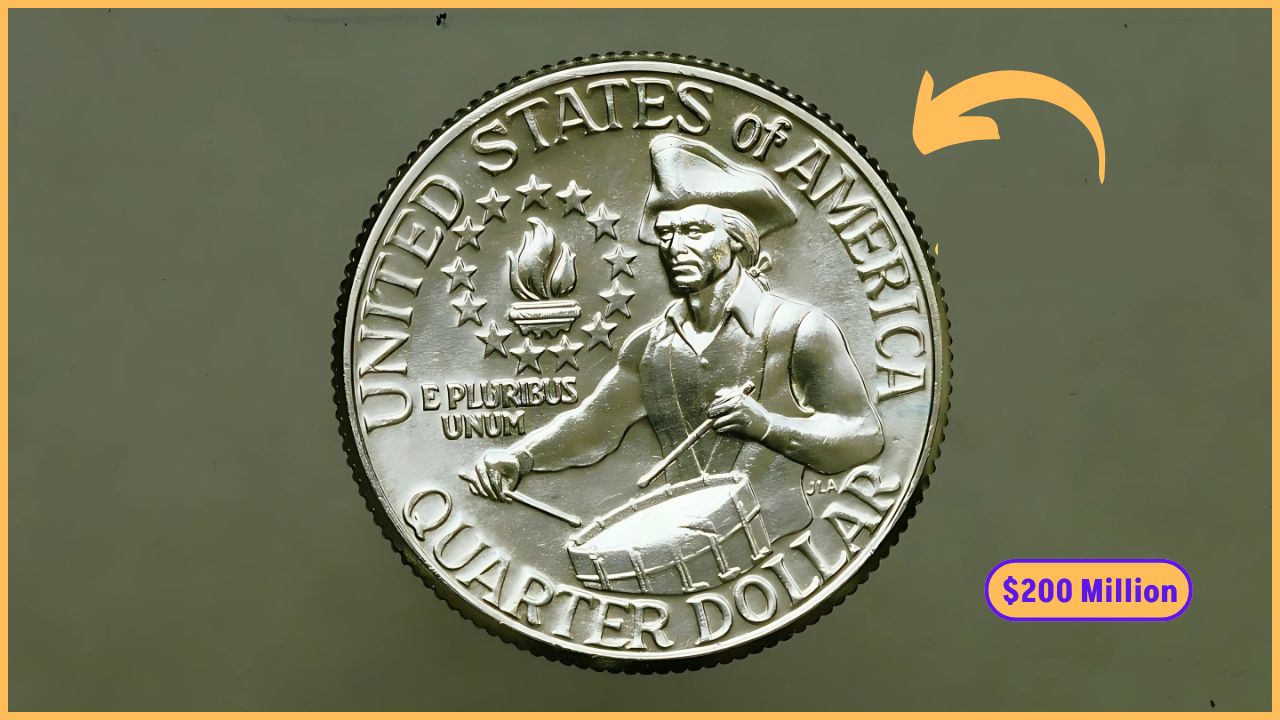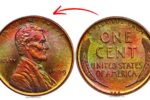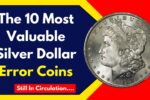Coin collectors and treasure hunters, take note! A rare Bicentennial Quarter has been valued at an astonishing $200 million, and it may still be in circulation. This extraordinary valuation has sparked interest among numismatists and casual collectors alike, making people wonder if they could unknowingly possess one of these valuable coins in their pocket change.
This guide will help you understand what makes this quarter so special, how to identify it, and what to do if you think you’ve found one.
What is the Bicentennial Quarter?
The Bicentennial Quarter was minted in 1975 and 1976 to commemorate the 200th anniversary of the United States’ independence. Unlike regular quarters, this special edition featured a unique reverse design celebrating America’s Bicentennial.
Key Features of the Bicentennial Quarter:
✔ Minting Years: 1975 & 1976 (No quarters were dated 1975, all bear the 1776-1976 inscription)
✔ Reverse Design: A colonial drummer with a victory torch encircled by 13 stars, designed by Jack L. Ahr
✔ Obverse Design: Standard George Washington portrait by John Flanagan
✔ Mint Marks: Found in Philadelphia (No mint mark), Denver (D), and San Francisco (S)
✔ Metal Composition: Copper-Nickel Clad or 40% Silver (for special collector’s editions)
Why is This Bicentennial Quarter Worth $200 Million?
While millions of Bicentennial Quarters were produced, a handful of rare variations and minting errors have dramatically increased their value. The $200 million valuation is linked to a unique prototype or error coin, making it one of the most sought-after coins in American numismatics.
Factors That Determine Its High Value:
1. Unique Minting Errors
Some Bicentennial Quarters were mistakenly struck on silver planchets or experimental metals, making them incredibly rare.
- Double Die Errors: Some coins show doubling in the inscriptions or design elements, which increases their rarity.
- Off-Center Strikes: Coins with noticeable off-center designs are considered valuable errors.
- Missing Clad Layer: Some quarters were mistakenly struck without the nickel layer, revealing a pure copper appearance.
2. Extremely Low Mintage of Rare Varieties
While billions of standard Bicentennial Quarters were minted, only a handful of error coins or special prototype strikes were ever made. These rare versions are what collectors are willing to pay millions for.
3. Collector Demand & Numismatic Value
The combination of historical significance, limited rare varieties, and a strong collector’s market has pushed the value of the rarest Bicentennial Quarter versions to unprecedented levels.
How to Identify a Valuable Bicentennial Quarter?
Not all Bicentennial Quarters are worth millions, so knowing what to look for is essential. Here’s how you can identify if you have a rare and valuable coin:
1. Check for Mint Errors
- Double die obverse/reverse: Look for doubled inscriptions or design elements.
- Off-center strikes: The design may appear misaligned.
- Wrong planchet errors: Use a magnet; if it sticks, it might be a steel planchet error.
2. Look for the 40% Silver Composition
- Coins with a “S” mint mark from San Francisco and a silver composition can be valuable.
- Test the coin’s weight – silver quarters weigh about 5.75 grams, while clad quarters weigh 5.67 grams.
3. Examine the Coin’s Condition
- Uncirculated or Proof Condition: Coins in mint state (MS-65 or higher) are the most valuable.
- No scratches or wear: The less damage, the higher the value.
4. Check for Special Prototype Strikes
- Some coins were minted as prototypes and have distinguishing features, such as a different luster or experimental metal compositions.
Where to Sell a Rare Bicentennial Quarter?
If you believe you have a valuable Bicentennial Quarter, you can sell it through various channels:
1. Professional Coin Grading Services (PCGS or NGC)
- Get your coin authenticated and graded to determine its true value.
- Higher-graded coins fetch premium prices.
2. Coin Auctions
- Rare coins are often sold at top-tier auction houses like Heritage Auctions, Stack’s Bowers, or GreatCollections.
- Some Bicentennial Quarters have fetched millions at auction.
3. Online Marketplaces
- Websites like eBay, Facebook Marketplace, or Etsy have active coin collectors looking for rare finds.
- Be cautious and ensure authentication before selling.
4. Local Coin Shops & Dealers
- A reputable coin dealer can appraise your coin and make an offer.
- Always get multiple opinions before accepting a price.
Recent Bicentennial Quarter Sales & Record Prices
While no Bicentennial Quarter has sold for $200 million yet, some rare specimens have commanded impressive prices.
✔ 1976 Bicentennial Quarter (MS-67+) – Sold for $20,000
✔ 1976-S Silver Proof Quarter (PR-70) – Sold for $13,500
✔ 1976 Double Die Bicentennial Quarter – Sold for $8,000+
With the possibility of new rare varieties being discovered, future sales could break records.
FAQs – Frequently Asked Questions
1. Is every Bicentennial Quarter worth a lot of money?
No, most Bicentennial Quarters are common and only worth face value. Only rare varieties, errors, and prototype coins have high valuations.
2. How do I check if my Bicentennial Quarter is silver?
Look for an S mint mark and check the weight – silver coins are heavier than clad ones.
3. Should I clean my old coins before selling?
No! Cleaning a coin reduces its value. Keep it in its original condition.
4. Can I still find valuable Bicentennial Quarters in circulation?
Yes! Although rare, some valuable error coins may still be in circulation.
5. Where can I get my quarter appraised?
Use professional grading services like PCGS or NGC for authentication.
Final Thoughts
The Bicentennial Quarter remains one of the most fascinating coins in U.S. history. While billions were minted, a few ultra-rare varieties have become legendary, reaching values as high as $200 million.
Could you be carrying a fortune in your pocket? Check your change, inspect your coins, and you might just discover a hidden treasure!
💰 Have you found a rare quarter? Share your story in the comments below.




